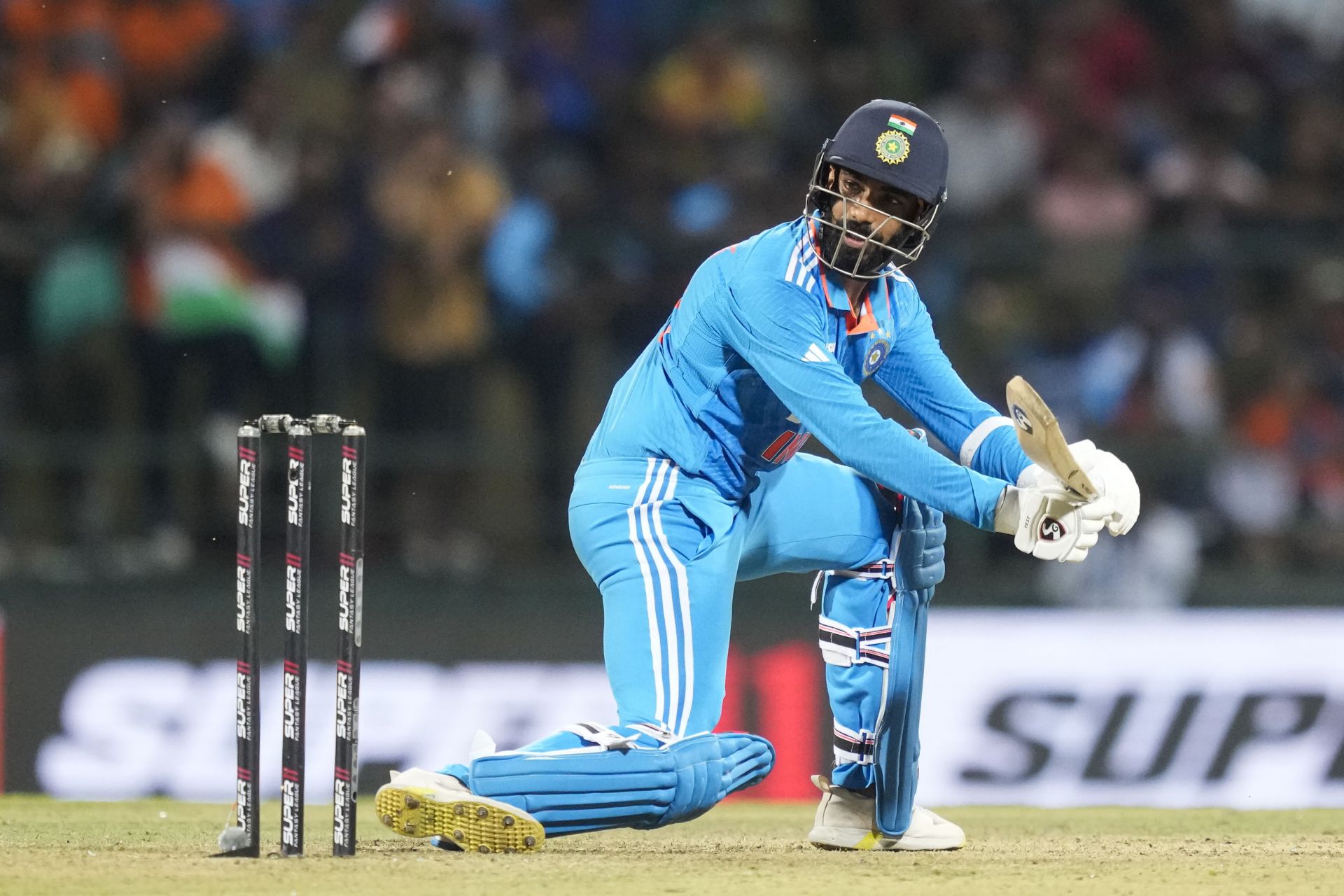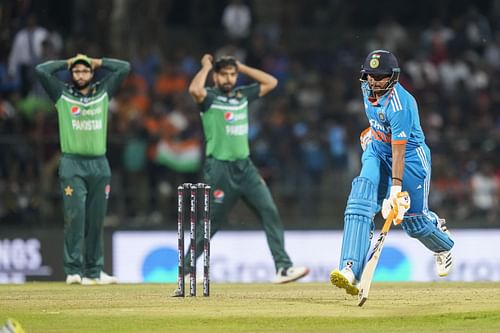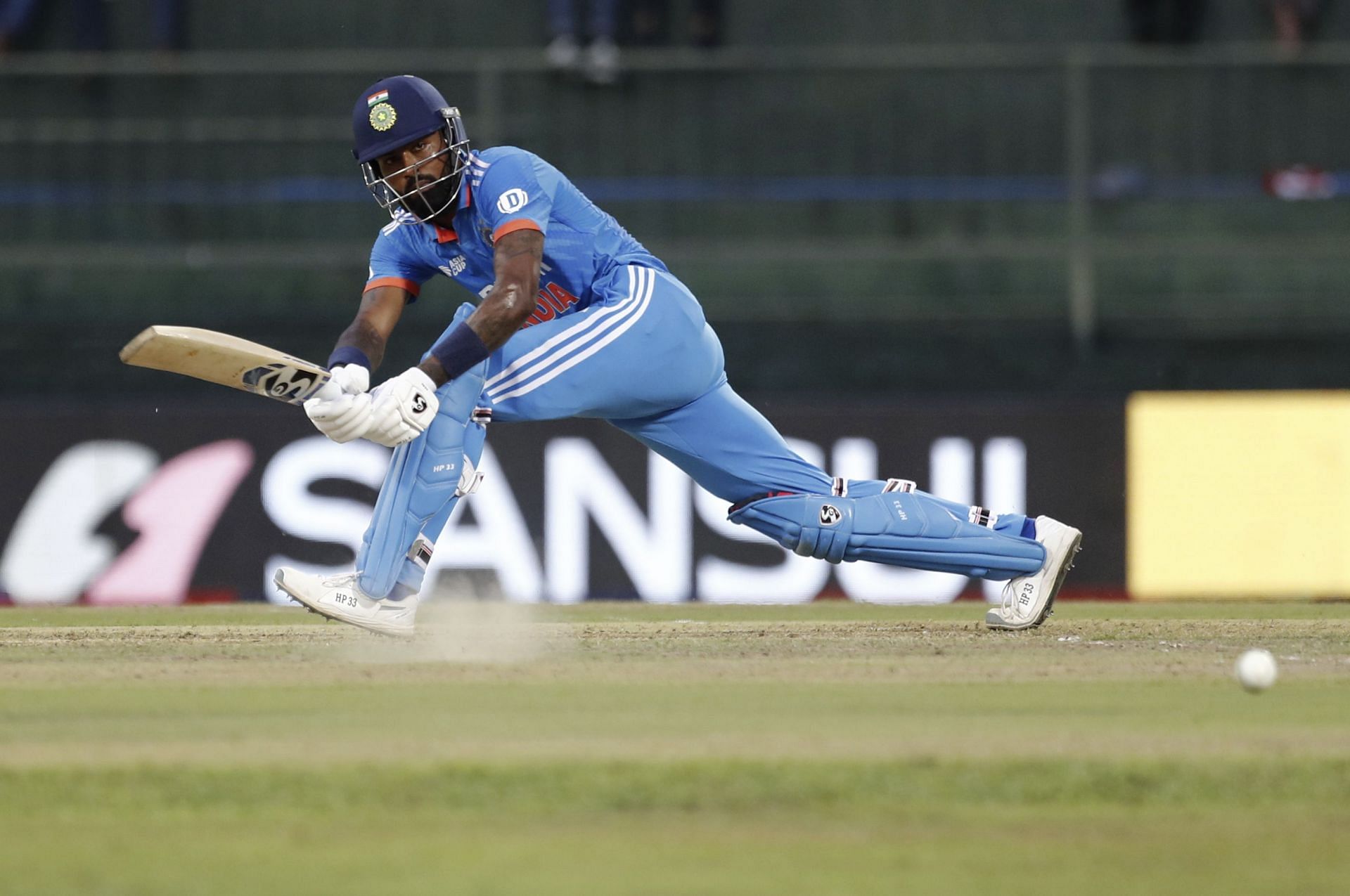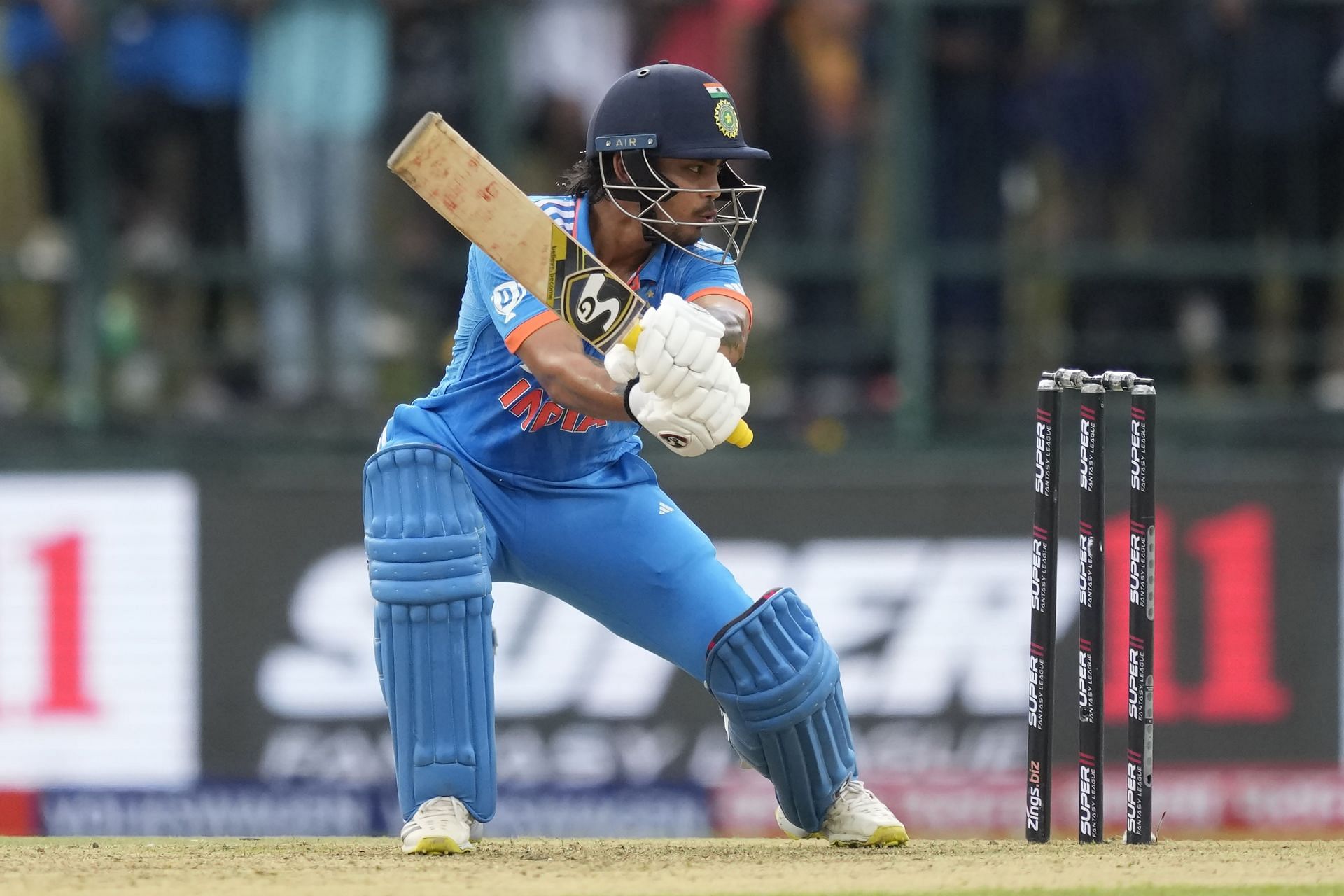
3 positives for Team India from their Asia Cup 2023 washout against Pakistan
Rain played spoilsport in Pallekele as it curtailed what promised to be an enticing second innings between India and Pakistan in their Asia Cup 2023 encounter on Saturday, September 12.
There were several concerns for the Men in Blue in the aftermath of the washout, which ensured that Pakistan progressed to the Super Four stage. Their bowlers, particularly the returning Jasprit Bumrah, didn't have any time to bring themselves into peak condition. The top order, meanwhile, collapsed in disappointing fashion.
At the same time, however, there were a few constructive takeaways for India, who have an uphill task ahead of them in the form of the remainder of the Asia Cup and the World Cup. They are still expected to sail through to the Super Fours and potentially set up another clash against the Men in Green in the final.
Here are three positives for Team India from their Asia Cup 2023 washout against Pakistan.
#3 India managed to get to 266 despite the odds being stacked against them

Batting depth isn't something you generally associate with a modern-day limited-overs Indian side. The Men in Blue attempted to paper over those cracks by fielding Shardul Thakur at No. 8 ahead of the likes of Prasidh Krishna and Mohammed Shami.
Although Thakur fell for just three runs, India managed to put on a respectable 266-run total. At several stages of the innings, it seemed like they wouldn't get there, but the middle and lower-middle order came up with very good contributions over the course of the contest.
Hardik Pandya and Ishan Kishan were the chief contributors, making 87 and 82 respectively. Jasprit Bumrah was an unlikely hero lower down the order as he scored 16, India's third-highest individual score against Pakistan.
From 66/4 and later 242/8, it was a definite positive that Rohit Sharma and Co. managed to reach 266.
#2 India managed to get a good amount of batting practice in Pallekele

Bumrah and Co. might not have been able to roll their arms over in Pallekele, but India's batters acquired a good deal of match practice.
The top-order batters were exposed to challenging overcast conditions and were also up against three of the best in the business - Shaheen Shah Afridi, Naseem Shah and Haris Rauf. They got a real taste of high pressure against the world's most threatening bowlers, and even if they didn't come out on top, the experience will help them in the long run.
Kishan made an impression after replacing KL Rahul at No. 5, taking to a new middle-order role and bailing India out of trouble in his first meeting against Pakistan. Pandya, on the other hand, overcame a spell of scratchy batting form with a fluent knock against one of his favorite opponents.
Such a batting innings will greatly help Rohit and Co. as they move towards the World Cup.
#1 There won't be much confusion regarding roles when KL Rahul returns

Thankfully, India didn't tinker with the batting order in Rahul's absence and went for a like-for-like replacement in Kishan at No. 5. Now, when the premier wicket-keeper returns, there won't be any unnecessary shuffling required.
Kishan's success against Pakistan has played a major role in assuring that the team management won't need to ponder over their ideal combination. The top three is fixed, and even Shreyas Iyer looked to be in decent nick after returning from a long-term injury.
Had Kishan failed at No. 5, India might've been tempted to explore other options, such as fielding the southpaw in the top order. However, role clarity has taken a turn for the better.